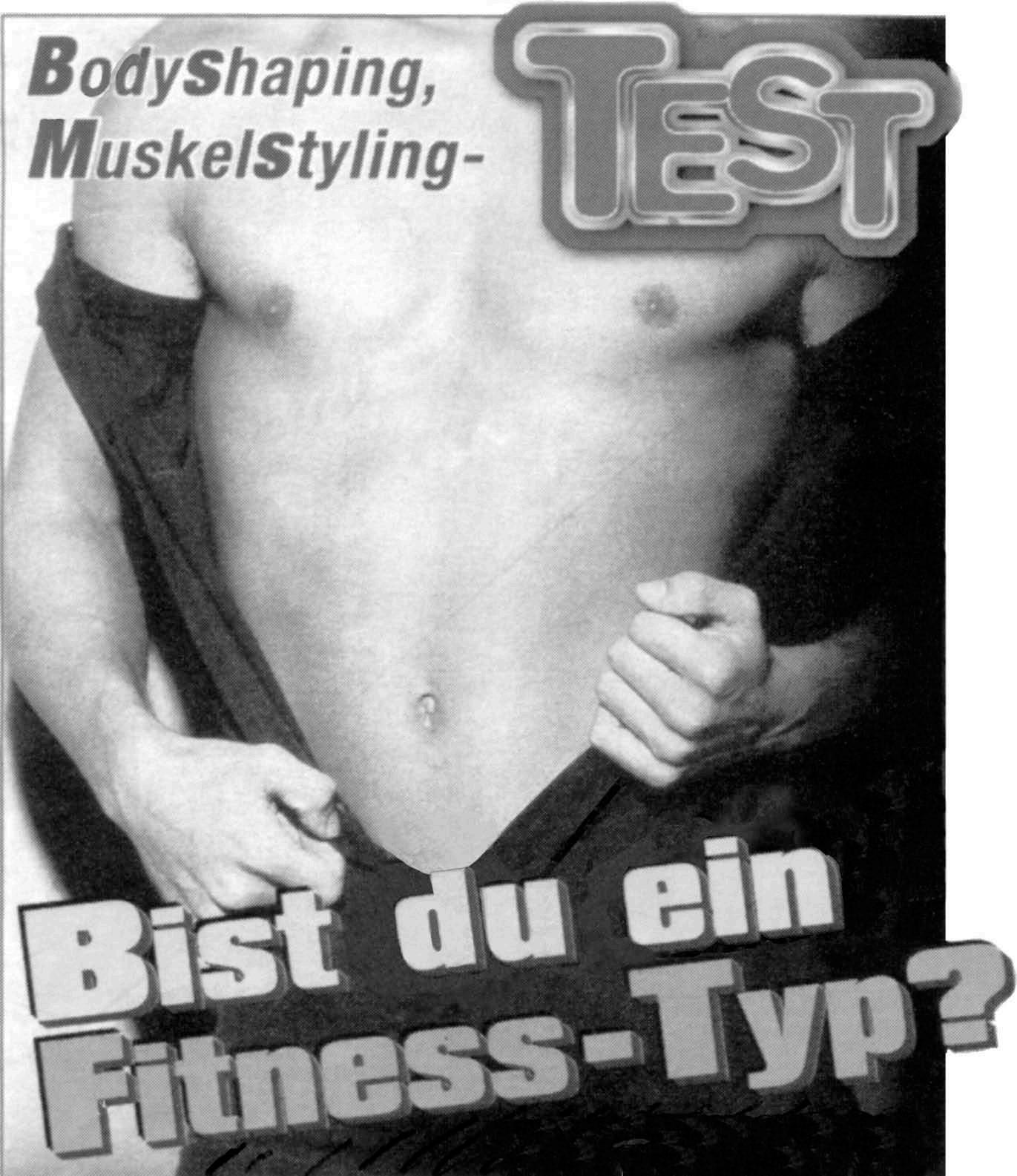128
Valency and cases
In German, the noun phrase in the genitive normally follows the noun it qualifies. The only exception is with names: Peters Hemd, Helgas Katze, Deutschlands Straßen. As the above examples show, the function of the genitive is often but not always to indicate possession. The genitive is also frequently used:
to link a verbal noun to its
SUBJECT or OBJECT, e.g. die Erfindung des Ingenieurs (the engineer’s invention), die Erfindung des Elektromotors (the invention of the electric motor);
after a word indicating quantity or proportion, e.g. einige der Verletzten (some of the injured), die Hälfte des Apfels (half the apple). The use of the genitive to link nouns is more common in written German. In everyday speech, a phrase with von is often used rather than a genitive: das Haus von meinem Bruder, viele von den Anwesenden. In writing, on the other hand, the genitive is usual and phrases with von are avoided if possible. However, in some contexts a genitive cannot be used: If a noun stands by itself, without an article or any other word with an ending to show the case
der Bau von Kraftwerken der Preis von fünf Videos der Geruch von Seetang
the construction of power stations the price of five videos the smell of seaweed
With personal pronouns
jeder von uns eine Tante von mir
every one of us an aunt of mine
After indefinites
viel/nichts von dem Geld etwas von dem Wein
much/nothing of the money some of the wine
8.7 Prepositional objects As in English, many verbs have a prepositional object consisting of a PREPOSITION and a following NOUN PHRASE (sentence pattern G). Prepositional objects are quite different from usual prepositional phrases, as the preposition in them is generally not used with its usual meaning, but is idiomatic.
In practice this means learning individual verbs with their special prepositions. In addition to the prepositional object, some verbs have an accusative object or a dative object (sentence patterns H and I). These are best learnt with example sentences. You will often find that the prepositional object consists not of a preposition and noun but of a PREPOSITIONAL ADVERB (see 5.5). This may be referring to a NOUN mentioned previously or to a SUBORDINATE CLAUSE (see section 10.3 for dass-clauses and 10.6 for infinitive clauses): Heute kam der Brief. Ich warte schon seit über einer Woche darauf. Today the letter came. I’ve been waiting for it for over a week. Ich warte darauf, dass er mir die Adresse sagt. I’m waiting for him to tell me the address. Ich freue mich darauf, euch in Frankfurt zu sehen. I’m looking forward to seeing you in Frankfurt.










